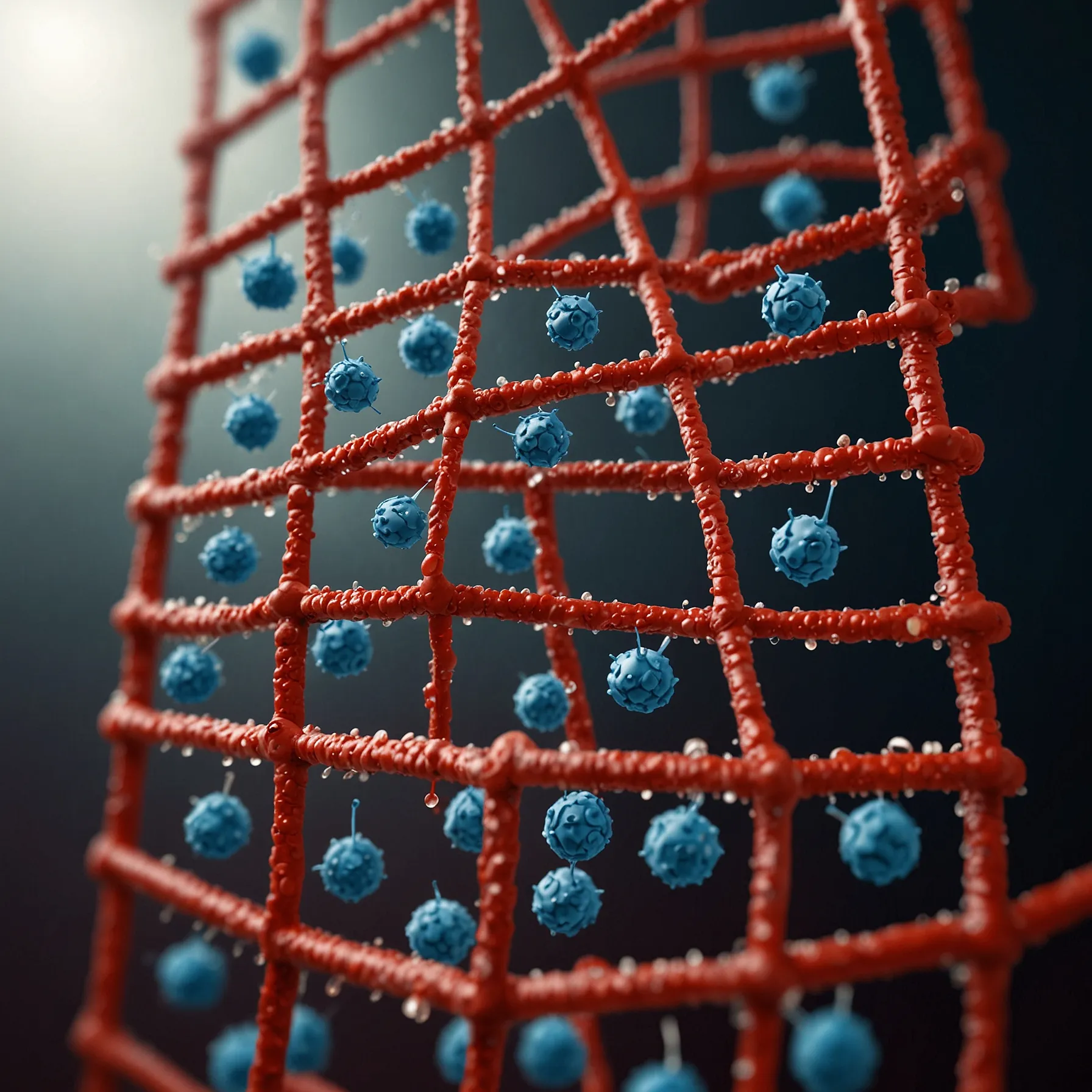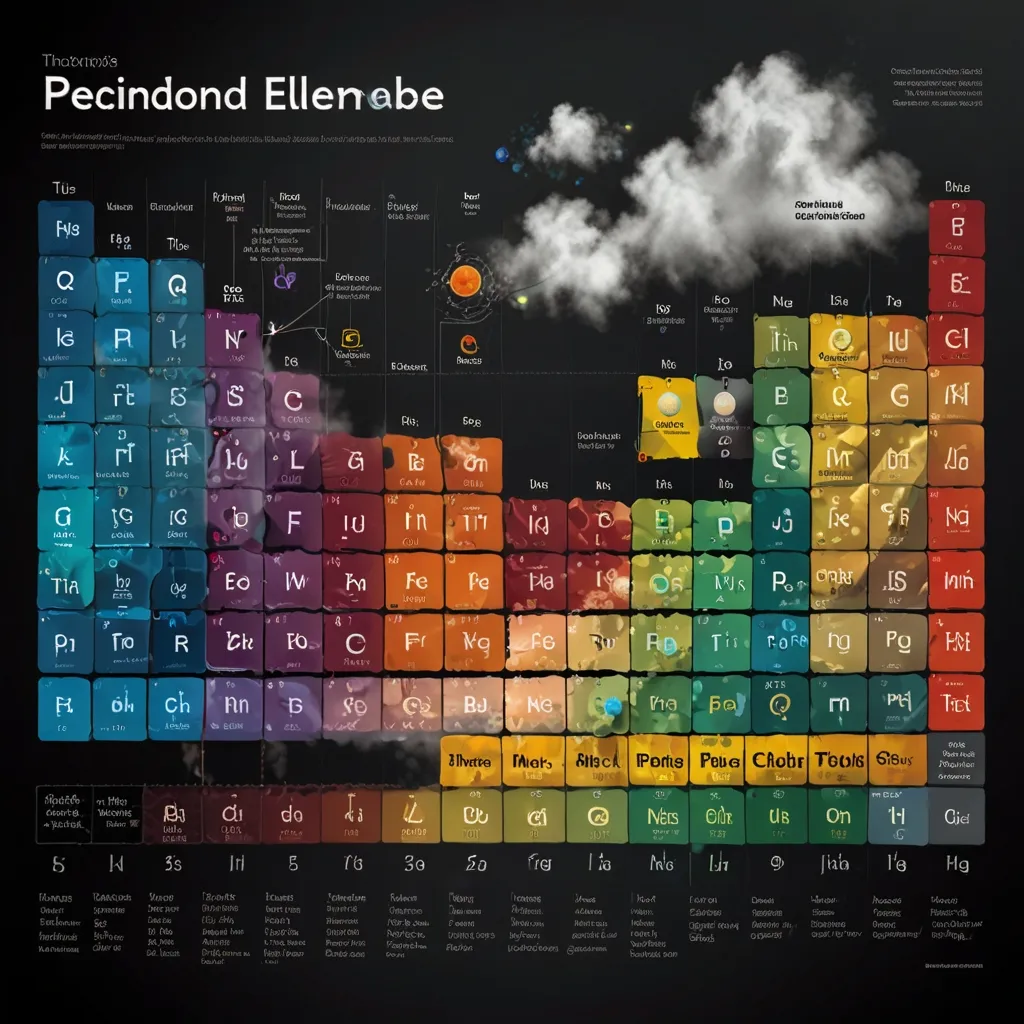In 2008, a groundbreaking event occurred: a man was cured of HIV. Out of 70 million cases, his remains the only known instance, and we still don’t fully understand how it happened. While we’ve been able to cure diseases like malaria and hepatitis C, curing HIV remains elusive. To understand why, we need to dive into how HIV works.
HIV spreads through the exchange of bodily fluids, mainly through unprotected sex and contaminated needles. Thankfully, it doesn’t spread through the air, water, or casual contact. This virus can affect people of any age, orientation, gender, or race. Once inside the body, HIV targets the immune system, especially the helper T cells, which are crucial for fighting off bacterial and fungal infections.
Being a retrovirus, HIV integrates its genetic code into the DNA of infected cells, forcing them to produce more virus. Initially, HIV multiplies in helper T cells, destroying many. This early stage often presents flu-like symptoms but isn’t immediately life-threatening. Over months or years, the virus continues to stealthily replicate and damage T cells. When T cell counts fall significantly, the immune system becomes too weak, leading to AIDS, where patients face deadly infections normally managed by a healthy immune system.
The good news is that drugs can effectively manage HIV, preventing it from progressing to AIDS. Antiretroviral therapy allows HIV-positive individuals to live long, healthy lives and reduces the risk of transmitting the virus to others. However, this requires taking medication for life, as stopping can lead to the virus resurging.
So, how do these drugs work? They mainly prevent the viral genome from being copied and added to a host cell’s DNA. Others stop the virus from maturing or assembling properly, making it unable to infect new cells. Yet, HIV has a hidden talent—it can hide in the DNA of healthy T cells. Most T cells die shortly after being infected, but a small number keep the viral instructions dormant for years. Thus, even if we eliminate every active virus, these sleeper cells can reactivate and restart the infection.
Access to these lifesaving therapies is another significant challenge. In Sub-Saharan Africa, which accounts for over 70% of global HIV cases, only about one in three people received antiretrovirals in 2012. Political, economic, and cultural barriers complicate prevention and treatment, and HIV still claims many lives annually, even in the U.S.
Despite these hurdles, hope is on the horizon. Researchers are exploring methods to activate dormant HIV cells, destroying them and exposing the virus to our current drugs. Others aim to cut HIV DNA out of infected cells entirely. One successful cure out of 70 million might seem like a long shot, but it shows that a cure is possible, giving hope for an end to HIV.






